MONISHKAPADIA
I pursued my Masters degree in Computer Engineering from New York University and graduated in May 2020.
Few of the things I'm experienced with:
| Languages | Controllers and Design Softwares | Communication Protocols | Version Control and OS |
| • C | • ESP8266 | • UART | • Git |
| • C++ | • Teensy 3.2 | • SPI | • GitHub |
| • Python | • Arduino Uno | • I2C | • GitLab |
| • Java | • Atmega 128 | • CAN-bus | • Ubuntu/Ubuntu Mate |
| • JavaScript | • MATLAB | • Wi-Fi | • Windows |
| • Bash Script | • Atmel Studio | • Bluetooth | • MacOS |
| • Web Development (MERN Stack) |
• ARM mbed | • TCP/IP | • FreeRTOS |

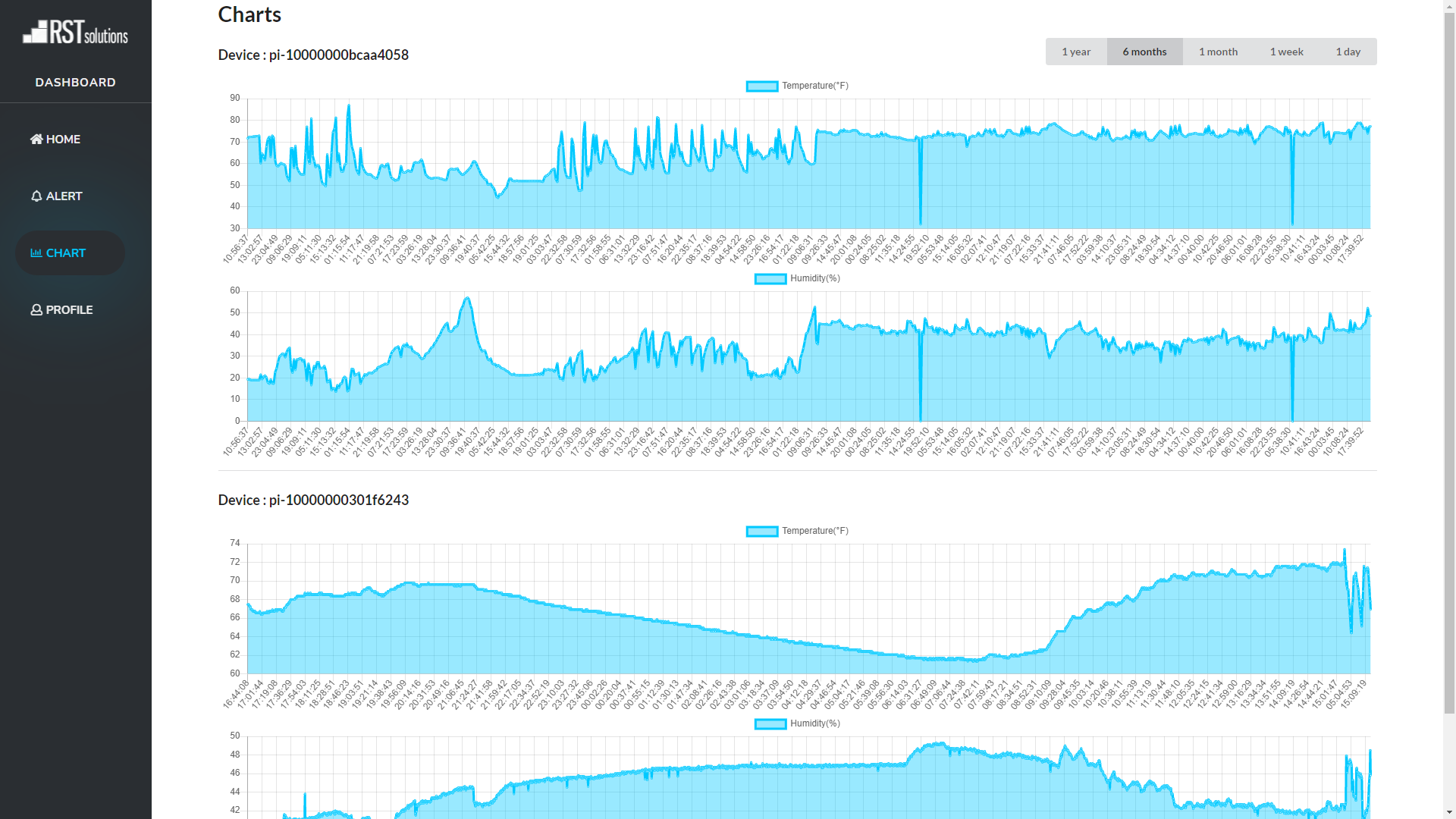
The scope of this project is to design, develop and implement end-to-end solution for remotely monitoring refrigeration system by using Internet of Things (IoT) devices and provide real time system alerts.
• Engineered an end-to-end IoT automation product that can monitor variety of devices and send data across different platforms.
• Programmed the embedded software on Raspberry Pi using Python programming language
• Integrated a variety of cloud applications like JD Edwards, Microsoft Azure and custom-built web application for transmitting data collected by IoT devices
• Established a two-way communication between the IoT device and cloud platforms to send as well as receive data
• Implemented the ability to maintain the device remotely with the help of the cloud platforms
• Conceptualized and designed a web application using MERN stack to monitor, maintain and receive notifications for alerts
• Added features to change the metrics, define alert ranges and alter the time interval at which the data is being sent
• Formulated an algorithm to cache the data when there is unstable internet connection and send all the data once the connection is re-established
• Implemented OTA update feature to update the device software remotely
• Designed a real-time dashboard on PowerBI with the sensor data retrieved from Azure IoT Hub
• Mentored a batch of 30 high school students in developing software in the field of Internet of Things.
• Designed the curriculum for the program, including innovative project ideas and essential fundamental topics that keep students involved throughout the program.
• Delivered lectures with real life examples to ensure an interactive learning experience.
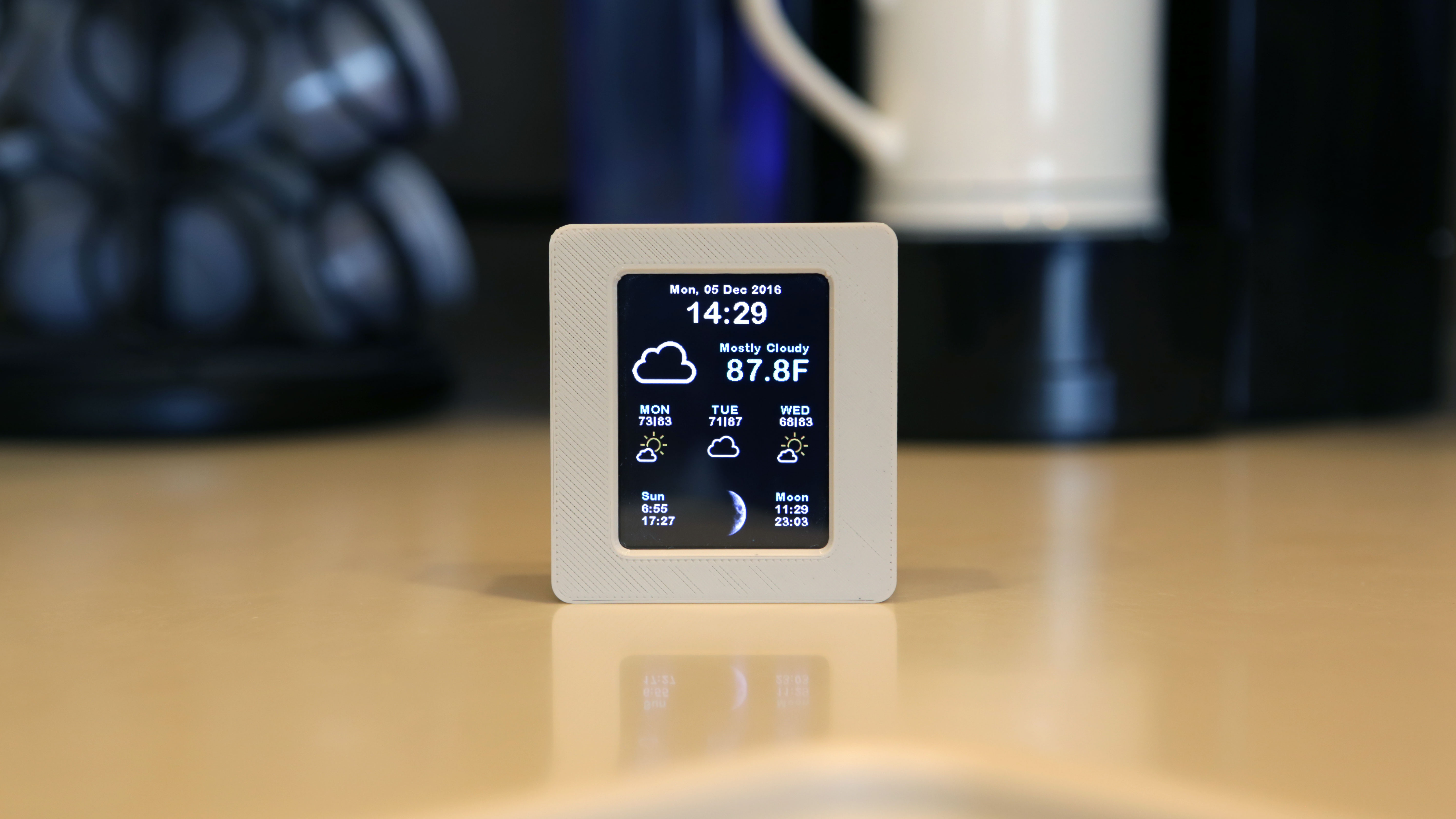
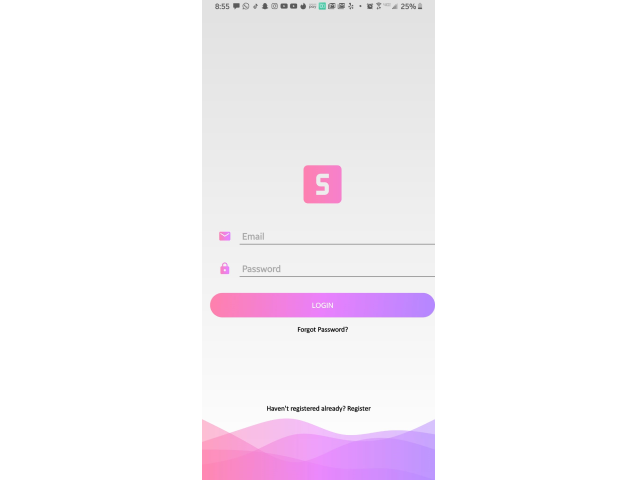
• Conceptualized, developed, tested the Android application, including UI and application functionality that detects breast cancer in early stages by scanning breast tissues.
• Received the data from the hardware module on the Android application using Bluetooth and processed it to have a visual representation of breast tissues.
• Integrated firebase to store user data on cloud.
• Improved efficiency of a Systolic Array based Convolutional Neural Network Accelerator.
• Automated the process of running the Systolic Array Simulator using Bash script.
• Added the functionality of showing a temperature graph of the Systolic Array during the run.
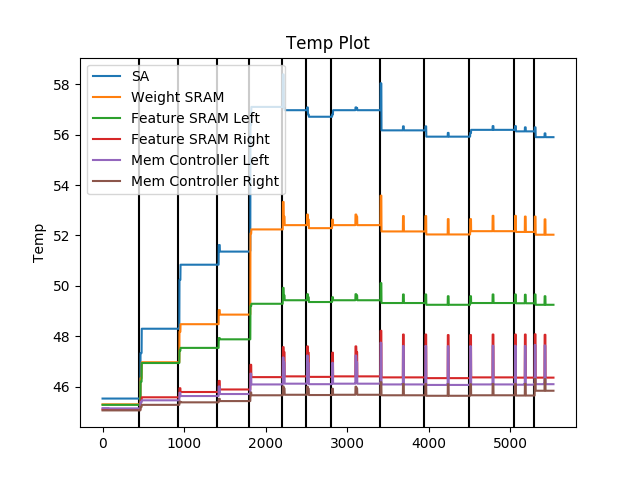
Obtained raw data of linear and rotational acceleration using the 6-DOF accelerometer and gyroscope sensor (MPU-6050) and was then transferred to Atmega 128 using I2C protocol. Transferred the raw data of the sensors to the PC with the help of the Bluetooth Module (HC-06) and was later processed using a complementary filter for obtaining stable values. Designed a gesture recognition algorithm based on distance and slope measurements to recognize the hand-made gesture on MATLAB in real time.
Technical Paper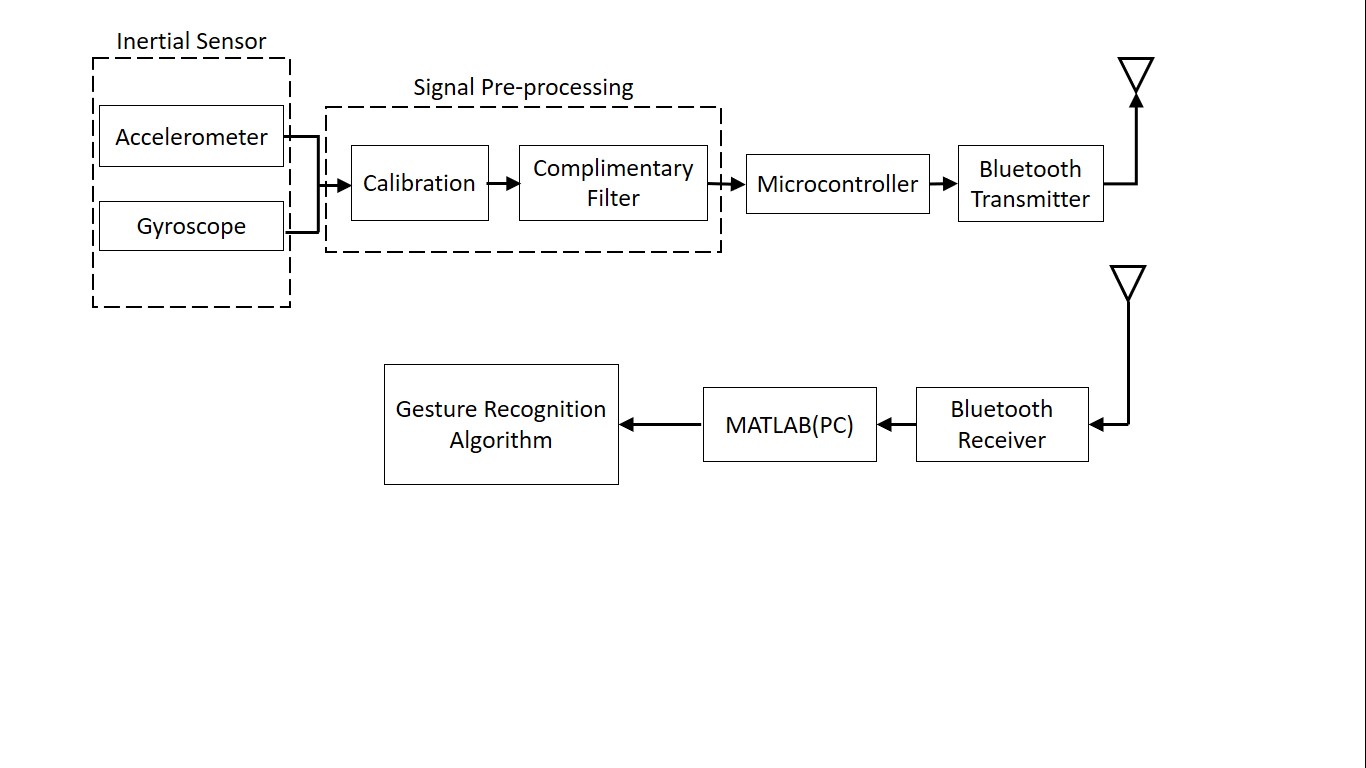
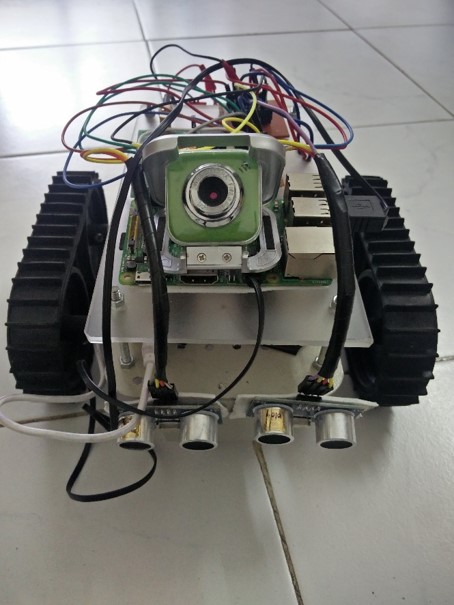
Designed an autonomous surveillance bot using Raspberry Pi 3, a credit-card sized board computer, that could move around in an unknown environment autonomously and detect faces in a no man’s land where human intervention is prohibited. The idea behind the project was coming across various incidents where army men dying due to accidental land-mines blast while patrolling at the border. This bot could autonomously navigate in such zones and report any human intervention with a captured image to a base station and further actions would be taken by the person incharge.
Implemented a two-level (L1 and L2) write-through, no allocate cache simulator in C++ with practical LRU implementation. The simulator takes a cache configuration file that has cache size, single cache block size and cache associativity values as well as a trace file which has read/write accesses to different memory location and produces a result with the values as hit or miss in the cache depending on the read or write access.
0->No access
1->Read hit
2->Read miss
3->Write hit
4->Write miss

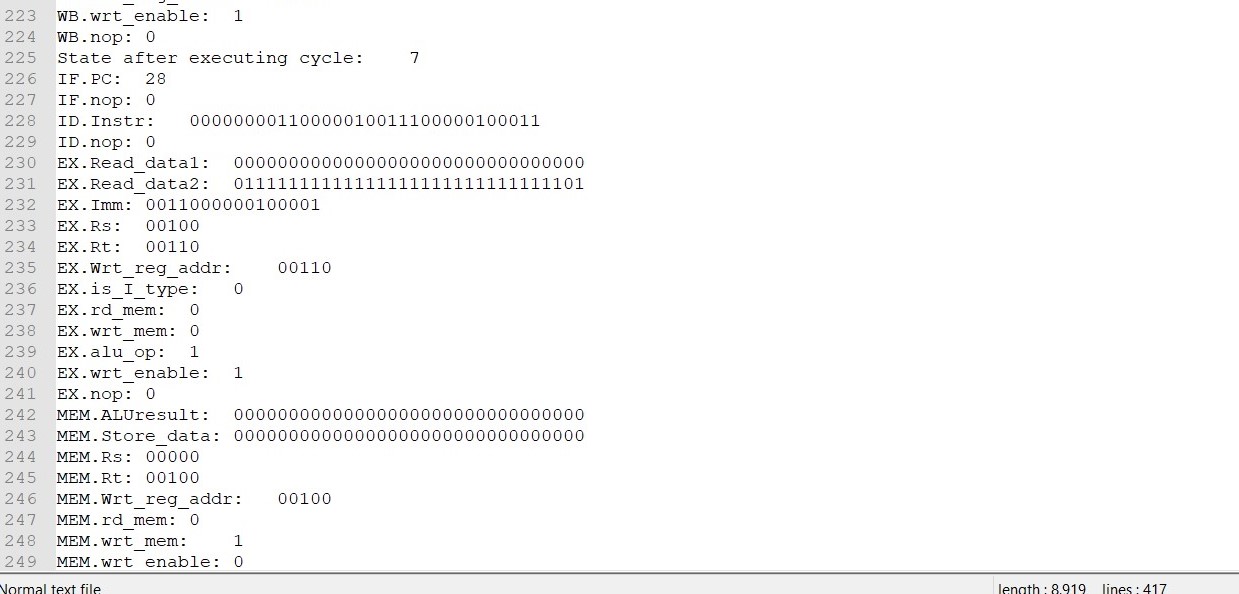
Implemented a MIPS 5-stage pipeline C++ simulator that is capable of handling Read After Write(RAW) hazards. It takes an imem.txt file as input which has various instructions written in byte addressable format and a dmem.txt file that is the data memory in the same format. The output of the simulator is the content of Register file, Data Memory and each iteration values of all flip flops.
GithubDeveloped a travel blog website where users can SignUp and post their travel experiences. This project was developed using Node.js framework for backend functioning and MongoDB as the database to store user data. User signup/login was established using PassportJS framework.
Github
Programmed a data acquisition and logging system using multiple sensor nodes and a single receiver which logs the data. Communication was achieved using an nRF24L01P trans-receiver pair.
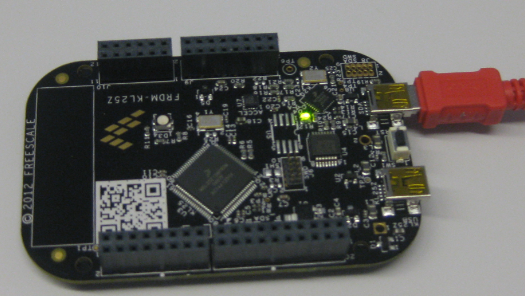
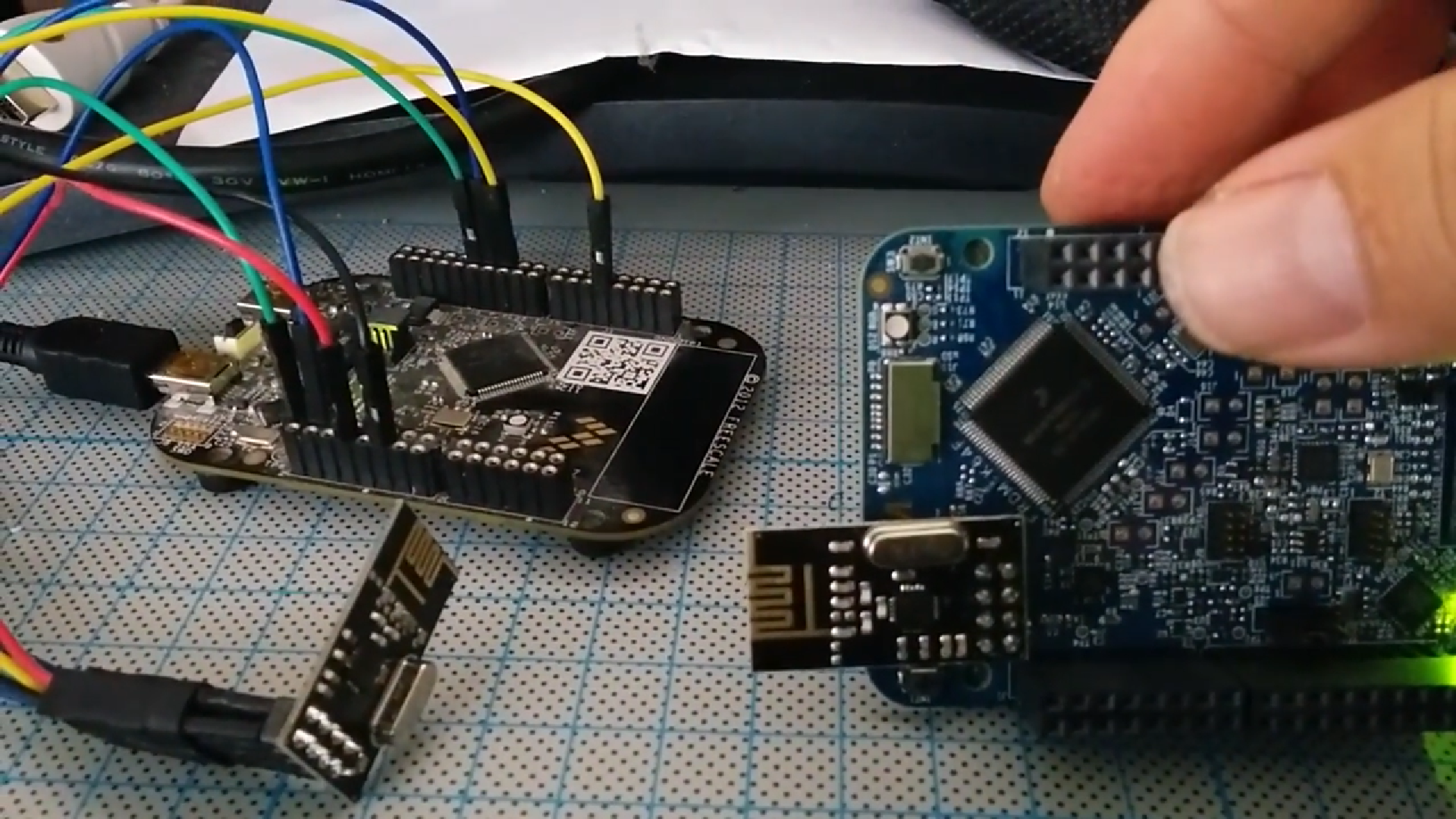
Used the on-board accelerometer (Freescale MMA8451Q) and capacitive sensor APIs of Freescale (NXP) FRDMKL25Z MBED board and developed a mouse that alters its sensitivity with respect to the user input. For the wireless capability of the mouse, a nRF24L01P trans-receiver pair was used.
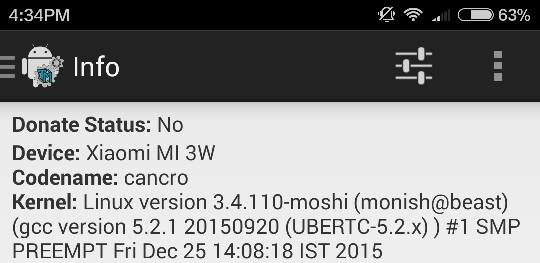
Designed an amplifier using analog components only. Generated an amplified voice using a JFET CS stage for high input impedance, a BJT CE stage for voltage amplification and a BJT CC stage for current amplification.